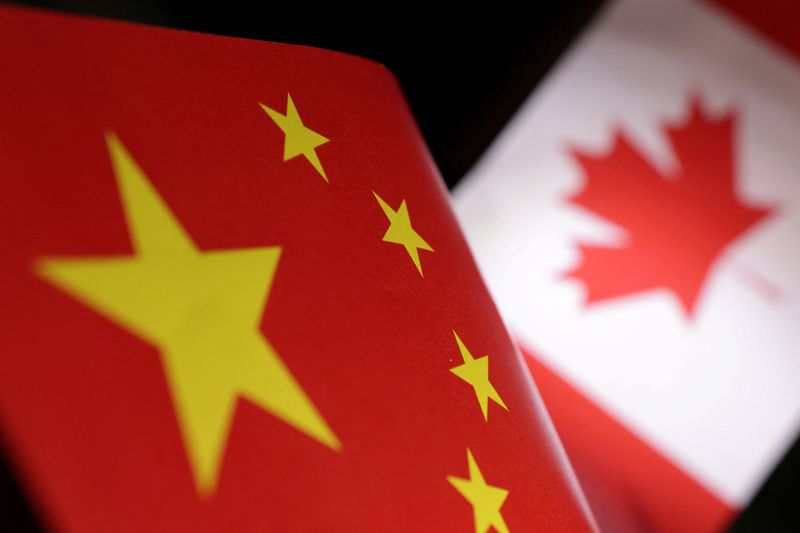Consumer surplus or Buyer’s surplus is an important concept in economics. It helps companies, businesses, and even the government to comprehend the amount of money that buyers are willing to pay for a particular product or service. It helps these entities to design policies that are benefitting these buyers and eventually, the market as a whole.
In this article, we will be talking about the formula and definition of consumer surplus. We will also be talking about an example that will help you understand the concept better. We suggest that you read it to the end for a better understanding.
Definition of Consumer Surplus
Consumer surplus is the difference between what consumers are willing to pay and what they actually pay for a particular product or service. It basically means how much extra money a consumer is willing to spend, but only spends the minimum amount.
It is one of the crucial measures of consumer welfare. It tells how much money a buyer has left after paying for the goods or services, in comparison to what he/she had expected to pay. Both government and public sector organizations can take advantage of understanding consumer surplus.
Benefits of Consumer Surplus
Consumer surplus helps to understand buyer behavior which is important for any business. Here are some of the main benefits of consumer surplus
- Helps design effective marketing strategies
Companies will be able to design effective marketing strategies when they have a proper understanding of consumer surplus. They can precisely define the limit at which consumers are no longer interested in buying their products. This helps them to take necessary steps in order to keep attracting buyers towards their brand or product.
- Helps to assess the marginal cost of products to buyers
Understanding consumer surplus helps companies to know how much they can charge for a particular product. This, in turn, helps them to determine the actual selling price of the product. It also lets them understand how much they should charge if their goal is to recover production costs or maximize profits.
- Helps to minimize costs
Companies can use this concept while deciding the production levels. They should focus on producing goods at a level where consumer surplus is maximized. This will help them to maximize profits without passing extra costs on to consumers.
- Helps the government take better decisions
Governments and other public sector organizations can also understand how much buyers are willing to pay for a particular product or service. This will help them to make better policy decisions in order to maximize the welfare of buyers.
Consumer surplus formula
Consumer surplus is not that hard to calculate! You can do this by analyzing the difference between how much a consumer is willing to pay for a particular product and the actual price he/she pays. Here is the formula of consumer surplus
CS = (Maximum Price Willing To Pay – Actual Price)
Example of Consumer Surplus
In this example, we will take you through a real-life scenario to let you understand consumer surplus better.
Let’s say there is a smartphone company that produces smartphones that are priced somewhere between $500. The company finds out through their research that buyers are usually willing to pay a maximum price of around $650 for these phones. So, according to the formula, consumer surplus is calculated as
CS = (Maximum Price Willing To Pay – Actual Price)
CS = ($650 – $500)
CS = $150
This means if the company sells a smartphone for a price that is above $500, it will be making profits from buyers who are willing to pay more than the actual price of the product. This shows how consumer surplus helps companies make better decisions and design marketing strategies that maximize consumer welfare.
Conclusion
By now, you must have understood the concept of consumer surplus in detail. It is one of the important tools that let companies understand buyer behavior in order to design effective marketing strategies.
Further questions
What's your question? Ask it in the discussion forum
Have an answer to the questions below? Post it here or in the forum




